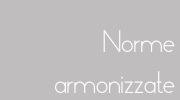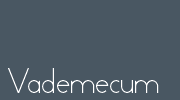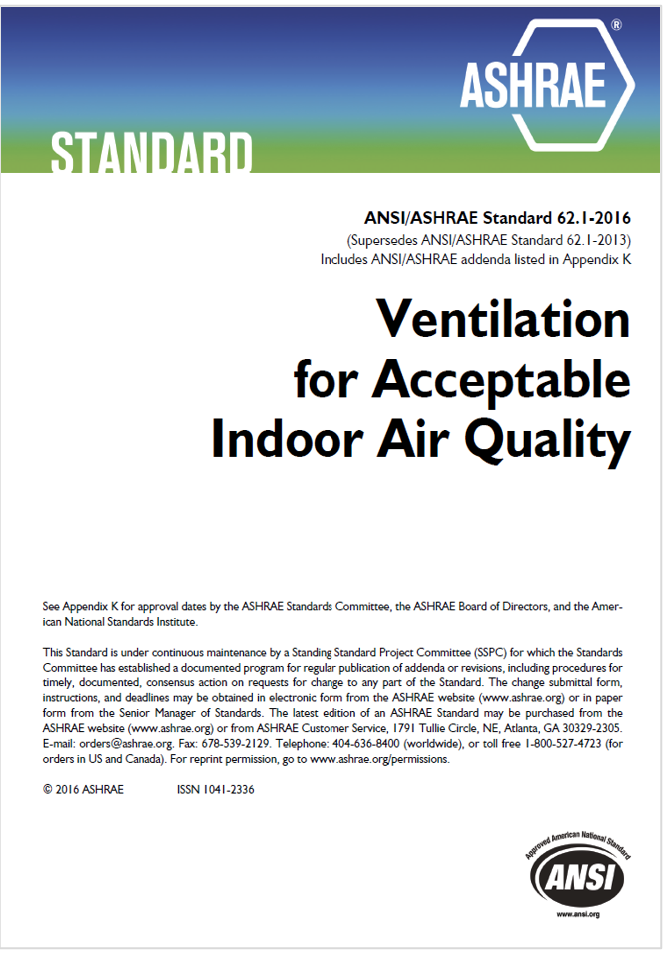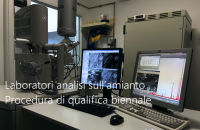ANSI/ASHRAE Standard 62.1-2016, Ventilation and Acceptable Indoor Air Quality
| ID 22254 | | Visite: 4164 | Documenti Sicurezza Enti | Permalink: https://www.certifico.com/id/22254 |
ANSI/ASHRAE Standard 62.1-2016, Ventilation and Acceptable Indoor Air Quality
ID 22254 | 14.07.2024 / In allegato
Standard 62.1-2022, Ventilation and Acceptable Indoor Air Quality
Purpose
The purpose of this standard is to specify minimum ventilation rates and other measures intended to provide indoor air quality that is acceptable to human occupants and that minimizes adverse health effects.
This standard is intended for regulatory application to new buildings, additions to existing buildings, and those changes to existing buildings that are identified in the body of the standard.
This standard is intended to be used to guide the improvement of indoor air quality in existing buildings.
Scope
This standard applies to spaces intended for human occupancy within buildings except those within dwelling units in residential occupancies in which occupants are nontransient.
This standard defines requirements for ventilation and air-cleaning-system design, installation, commissioning, and operation and maintenance.
Additional requirements for laboratory, industrial, health care, and other spaces may be dictated by workplace and other standards, as well as by the processes occurring within the space.
Although the standard may be applied to both new and existing buildings, the provisions of this standard are not intended to be applied retroactively when the standard is used as a mandatory regulation or code.
This standard does not prescribe specific ventilation rate requirements for spaces that contain smoking or that do not meet the requirements in the standard for separation from spaces that contain smoking.
Ventilation requirements of this standard are based on chemical, physical, and biological contaminants that can affect air quality.
Consideration or control of thermal comfort is not included.
This standard contains requirements, in addition to ventilation, related to certain sources, including outdoor air, construction processes, moisture, and biological growth.
Acceptable indoor air quality may not be achieved in all buildings meeting the requirements of this standard for one or more of the following reasons:
a. Because of the diversity of sources and contaminants in indoor air
b. Because of the many other factors that may affect occupant perception and acceptance of indoor air quality, such as air temperature, humidity, noise, lighting, and psychological stress
c. Because of the range of susceptibility in the population
d. Because outdoor air brought into the building may be unacceptable or may not be adequately cleaned
________
The 2016 edition of ANSI/ASHRAE Standard 62.1-2016 combines Standard 62.1-2013 and the fourteen approved and published addenda to the 2013 edition. Specific information on the contents of each addendum and approval dates for addenda are included in Informative Appendix K.
First published in 1973 as Standard 62, Standard 62.1 is updated on a regular basis using ASHRAE’s continuous maintenance procedures. Addenda are publicly reviewed, approved by ASHRAE and ANSI, and published as a supplement at approximately 18 months. The complete collection of addenda to the standard are incorporated into the current edition and published as a new edition every three years. Standard 62.1 has undergone key changes over the years, reflecting the ever-expanding body of knowledge, experience, and research related to ventilation and air quality. While the purpose of the standard remains unchanged—to specify minimum ventilation rates and other measures intended to provide indoor air quality (IAQ) that is acceptable to human occupants and that minimizes adverse health effects—the means of achieving this goal have evolved. In its first edition, the standard adopted a prescriptive approach to ventilation by specifying both minimum and recommended outdoor airflow rates to obtain acceptable indoor air quality for a variety of indoor spaces. In its 1981 edition, the standard reduced minimum outdoor airflow rates and introduced an alternative performance-based approach, the Indoor Air Quality Procedure, which allowed for the calculation of the amount of outdoor air necessary to maintain the levels of indoor air contaminants below recommended limits. Today, the standard includes three procedures for ventilation design, the IAQ Procedure, the Ventilation Rate Procedure, and the Natural Ventilation Procedure.
In its 1989 edition, in response to a growing number of buildings with apparent indoor air quality problems, the standard increased minimum outdoor airflow rates significantly and introduced a requirement for finding outdoor air intake flow requirements for multiple-zone recirculating systems.
The 1999 and 2001 editions made several minor changes and clarifications that did not impact the minimum required outdoor airflow rates. The 2004 edition—the last time the standard was revised in its entirety—modified the IAQ Procedure to improve enforceability, but more significantly it modified the Ventilation Rate Procedure, changing both the minimum outdoor airflow rates and the procedures for calculating both zone-level and system-level outdoor airflow rates.
The 2007, 2010, and 2013 editions of the standard provided some significant updates, but the changes primarily focused on usability and clarity.
The 2016 edition revises and improves the standard in several ways. Scope was changed to remove residential occupancies from 62.1 with a concurrent change in 62.2 to add all residential spaces. Significant changes include the following:
- Previously, Standard 62.1 had responsibility for multifamily residential buildings that are 4 stories or more. Now the dwelling units themselves are covered by Standard 62.2 regardless of building height, while common areas are covered by Standard 62.1.
- The definition of “environmental tobacco smoke” (ETS) was revised to include emissions from electronic smoking devices and from smoking of cannabis.
- Operations and maintenance requirements were revised to closer align with the requirements in ASHRAE/ACCA Standard 180-2012.
- Requirements were added to the Indoor Air Quality Procedure for determining minimum ventilation rates by including consideration of the combined effects of multiple contaminants of concern on individual organ systems.
- Laboratory exhaust continues to be assigned a default of Air Class 4, but the change explicitly allows a responsible EH&S professional to determine that a lower air class is appropriate for particular systems.
- Ventilation is allowed to be reduced to zero through the use of occupancy sensors (not through contaminant or CO2 measurements) for spaces of selected occupancy types, provided that ventilation is restored to Vbz whenever occupancy is detected.
- Changes in language related to demand control ventilation remove the assumption that the standard is intended to be used only for calculations for code review and not physical operation.
For more specific information on these changes and on other revisions made to the standard by other addenda, refer to Informative Appendix K. Users of the standard are encouraged to use the continuous maintenance procedure to suggest changes for further improvements.
A form for submitting change proposals is included in the back of the standard. The project committee for Standard 62.1 will take formal action on all change proposals received.
...
[...]
add attached
ANSI/ASHRAE
Collegati
D.Lgs. 81/2008 Testo Unico Salute e Sicurezza Lavoro
www.tussl.it
Calcolo ventilazione / ricambi d'aria edifici EN 16798-1
UNI 10339 Portate aria esterna / estrazione locali (ricambi d'aria)
Linee guida campionamento allergeni indoor nella polvere uffici
Algoritmo per la valutazione del rischio biologico nei laboratori non sanitari
Valutazione rischio biologico nelle attività istituzionali delle Agenzie per la Protezione dell’Ambiente
Check list verifica applicazione rischio biologico Titolo X D.Lgs. 81/2008
Valutazione del rischio biologico / Algoritmo valutazione esposizione AB
UNI ISO 35001:2021 - Gestione rischio biologico per laboratori
Il monitoraggio biologico
Il Rischio biologico lavoro: quadro normativo
Applicativo Valutazione del rischio biologico INAIL
Il rischio biologico negli ambulatori “Prime Cure” - INAIL 2015
Il rischio biologico negli ambulatori “Prime Cure” - INAIL 2015
Il rischio biologico nei luoghi di lavoro - INAIL
| Descrizione | Livello | Dimensione | Downloads | |
|---|---|---|---|---|
| ANSI-ASHRAE Standard 62.1-2016.pdf ANSI/ASHRAE - 2016 |
1165 kB | 88 | ||
| ANSI-ASHRAE Standard 62.1-2016 - Addendum.pdf ANSI/ASHRAE - 2016 |
465 kB | 47 |
Tags: Sicurezza lavoro Abbonati Sicurezza Rischio microclima












































